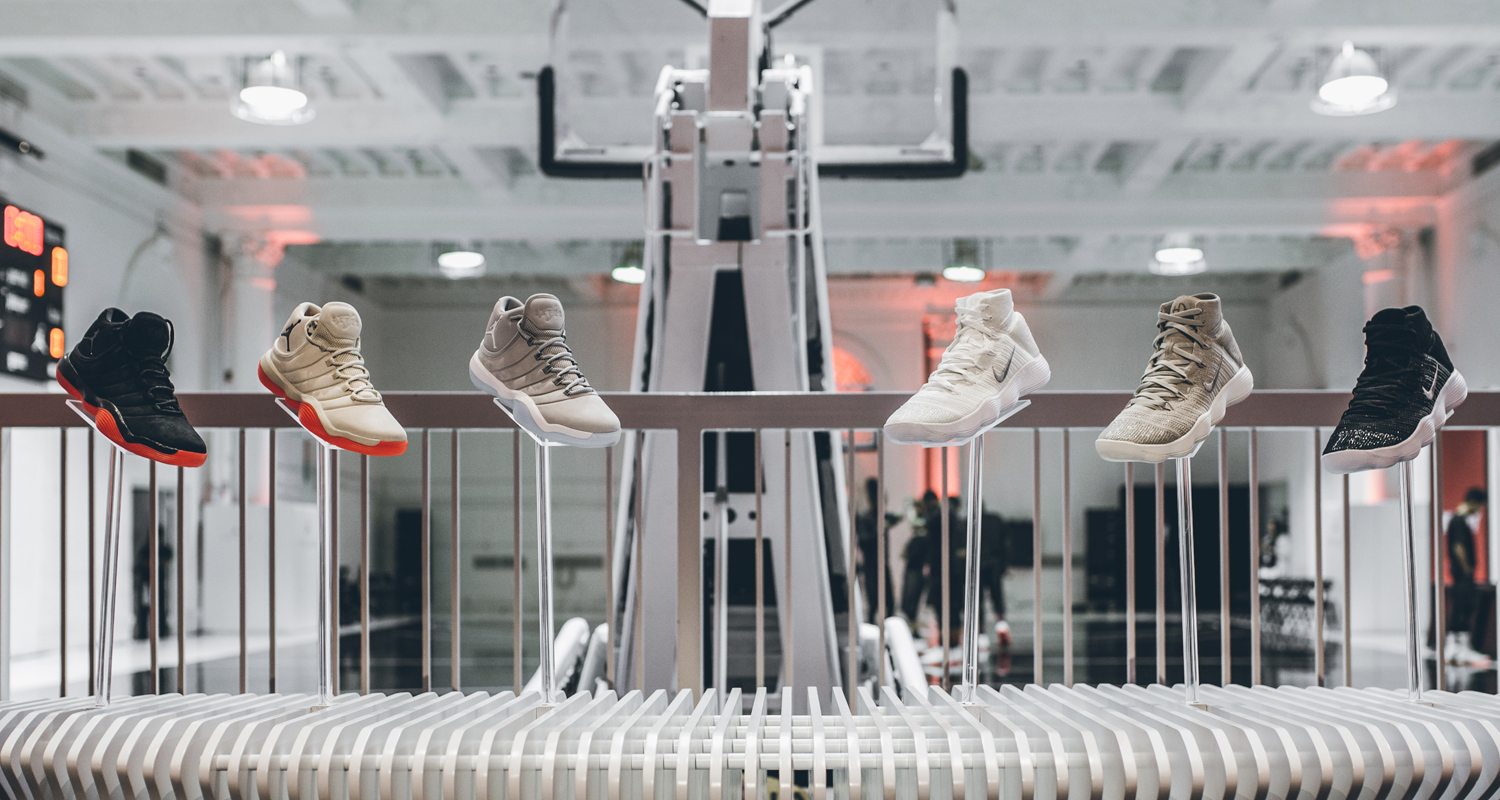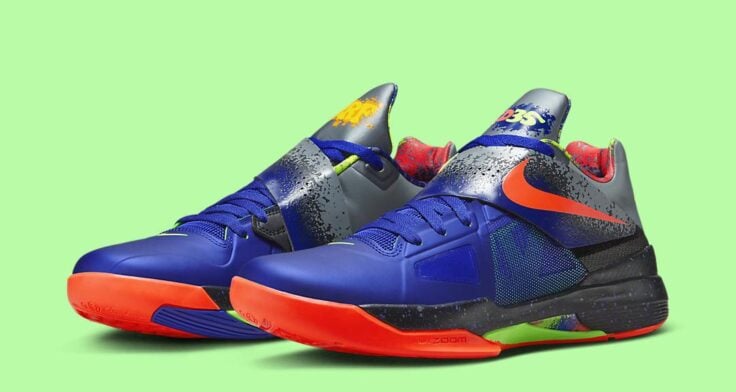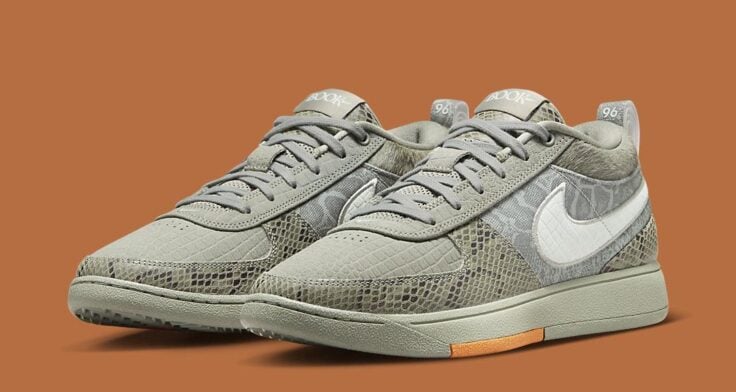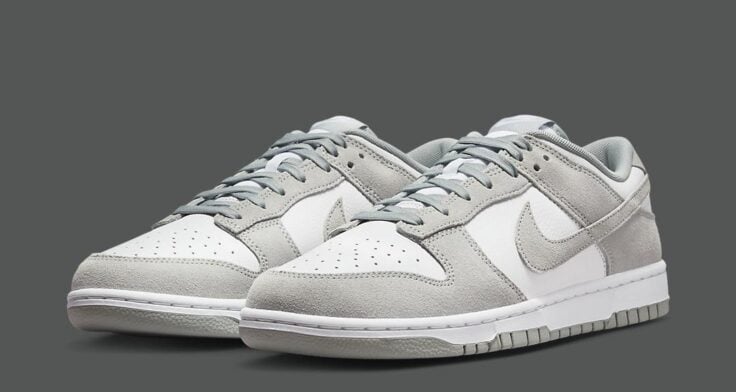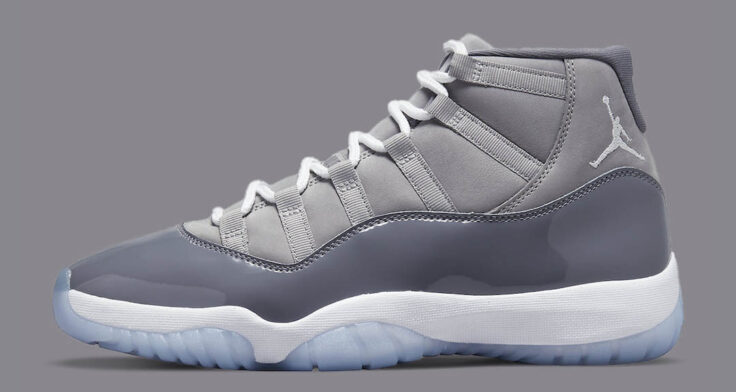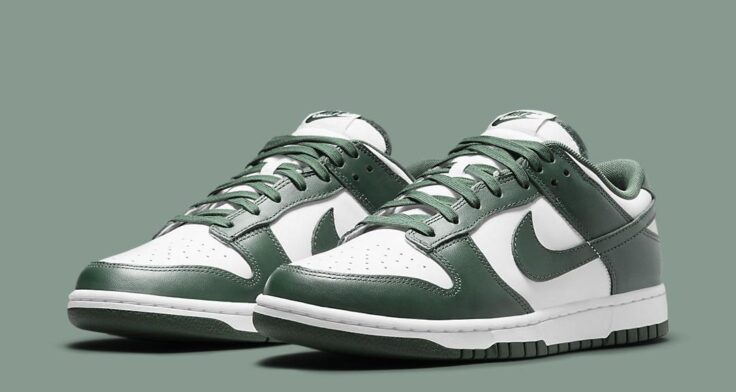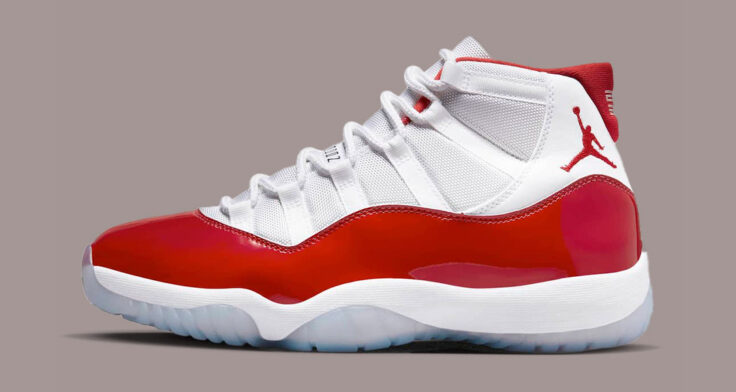photos // @airjordank
words // Ian Stonebrook
Crafted in the depths of the Nike Sports Research Lab, Nike’s new REACT technology was unleashed to members of the media today in New York City. Debuting in basketball on both the Nike REACT Hyperdunk 2017 Flyknit and Jordan Super.Fly 6, the foam cushioning serves as a part of Nike’s new performance comfort push aided by VaporMax and ZoomX. So, what exactly is REACT foam? We spoke with Ernest Kim, Lead Designer for REACT technology, to find out everything you need to know about Nike’s newest foam foray.
It’s entirely new
While Lunar foam and IPS have operated in a similar space, REACT foam is entirely new. Though Lunar foam will still exist in the Nike catalog, REACT occupies a new space focused on greater energy return, effectively providing bouncy responsiveness that is also lightweight. The Nike Sports Research Lab set out to create a cushioning that is both soft and springy as well as squishy and stable. Their result is REACT foam.
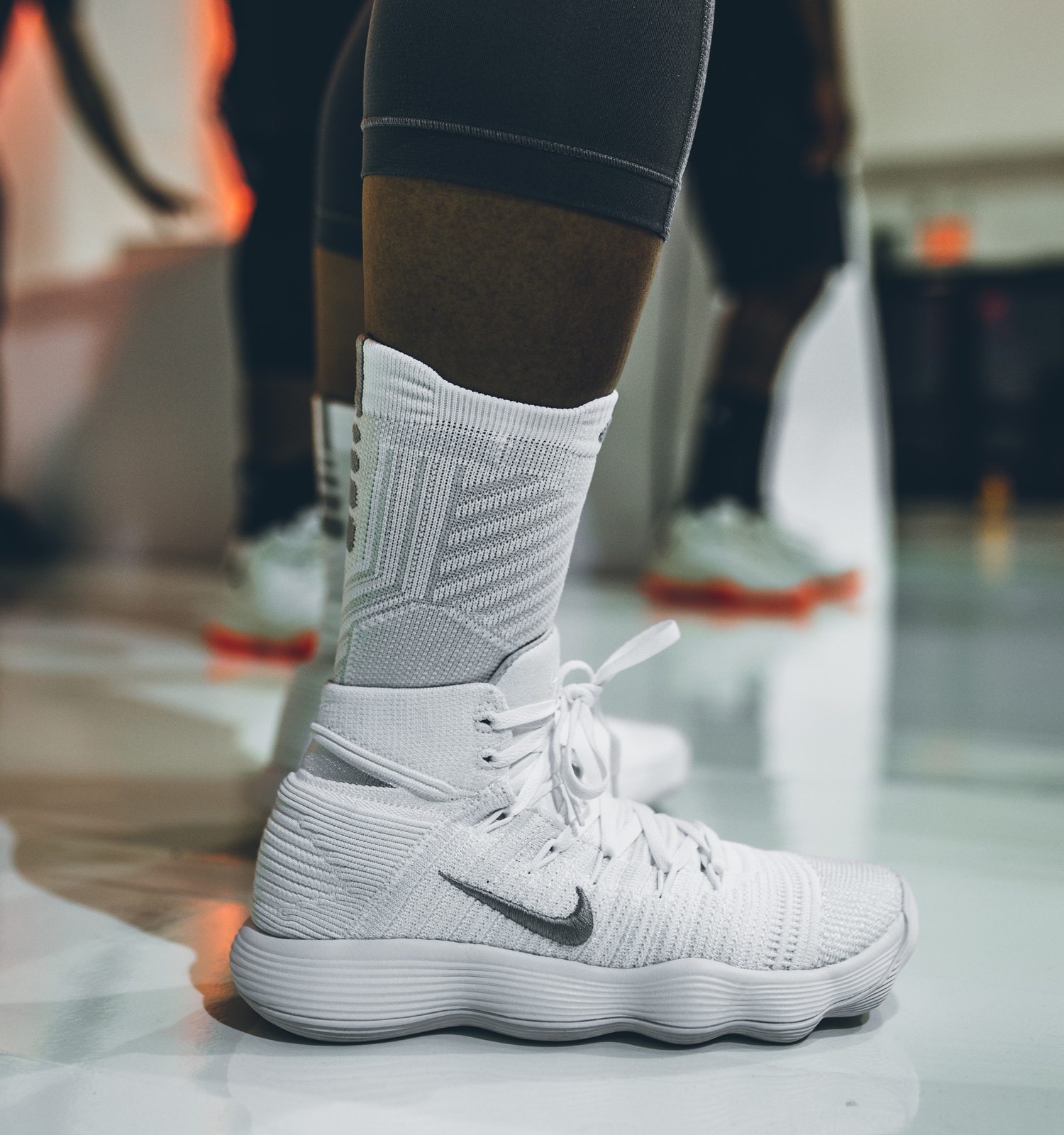
Durability is key
Nike REACT foam was wear-tested for the equivalent of 83 24-hour days. While hardcore hoopers that identify as Ekins and study under Professor K remember the lightness of Lunar foam when introduced in the OG Hyperdunk and Kobe IV, the biggest downside was that it eventually bottomed out. REACT aims to solve that while offering something totally new. Nike states that it is “the most durable foam we have tested and use today in basketball.” This comes after more than 2,000 hours of basketball testing with athlete insight and data.
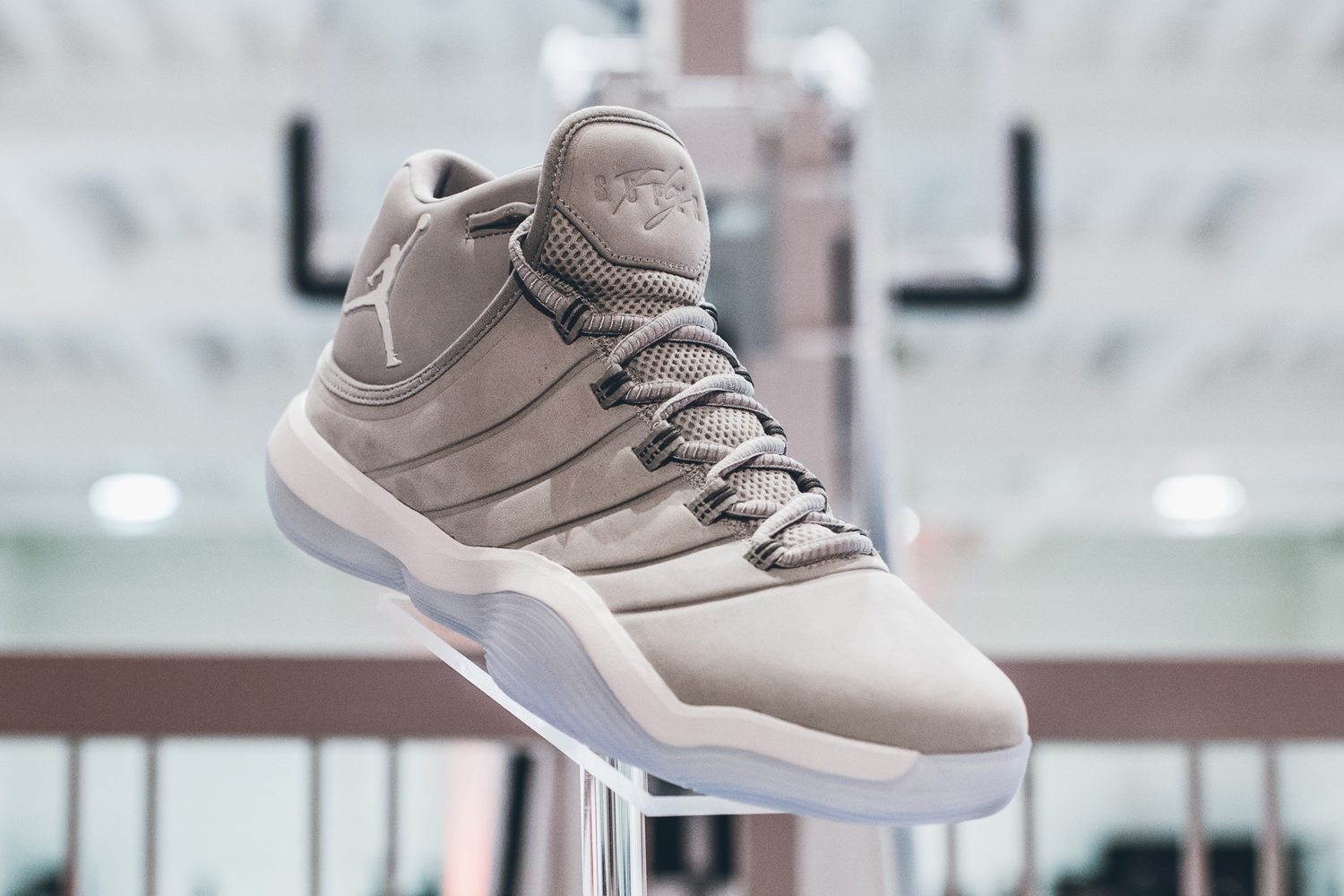
It’s made to be universal
Years ago, Nike was divided into the ‘Flight’ and ‘Force’ camps with shoes made to especially cater to the little and big men that played beyond the arc and in the paint, respectively. In an era of 6’8 point guards, stretch 4s and less true centers, REACT foam was designed to be made for the universal baller rather than a specific body type. From a cushioning standpoint, this differs greatly from what we’ve seen in the past: Zoom Air lending towards guards and bigs gravitating to Max Air.
REACT is designed to be different in its universality and aim towards the dynamic inside-out threat. “It’s about that first step and it’s also about that elevation when you want to rebound or dunk on somebody,” Jordan Brand’s Vice President/Creative Director David Creech explains. “That’s the cool thing about REACT technology: it’s not really set for one type of player, it’s designed for that player that likes to move.”
It’s coming soon
While Draymond Green, Blake Griffin and select media members have already balled in REACT technology, it won’t hit the hardwood in worldwide fashion until this fall. Look for the Nike REACT Hyperdunk 2017 Flyknit and Jordan Super.Fly 6 to release on August 3rd. The tech may crossover to other categories and signature lines, but for now it’s reserved for these to marquee models.

